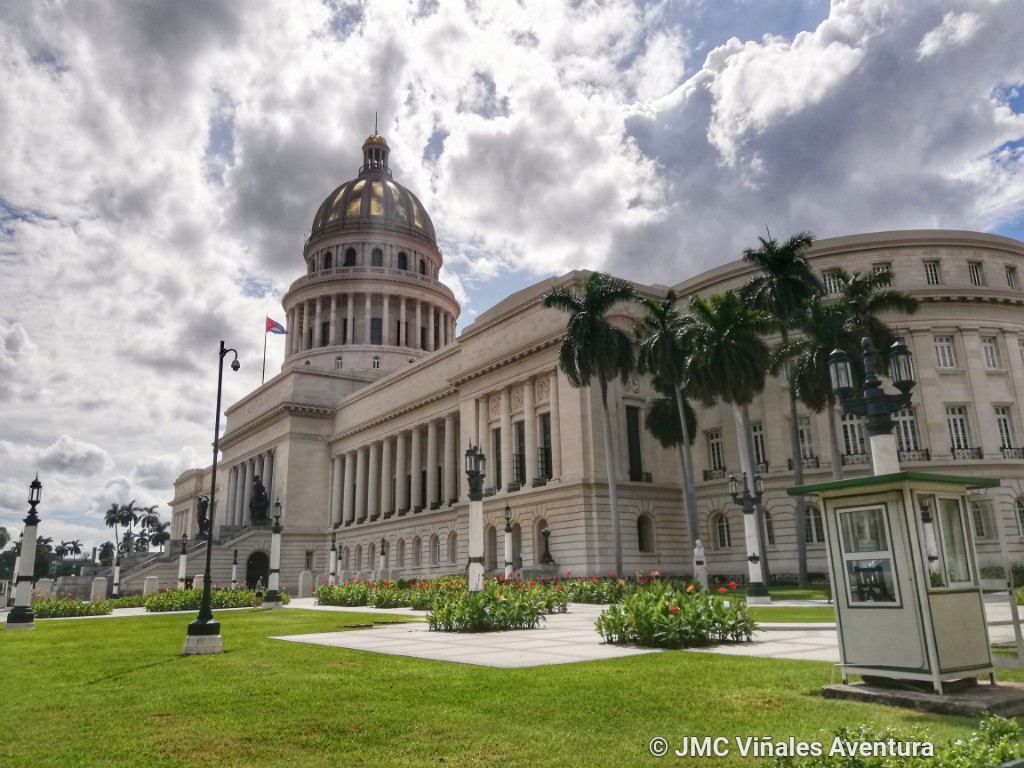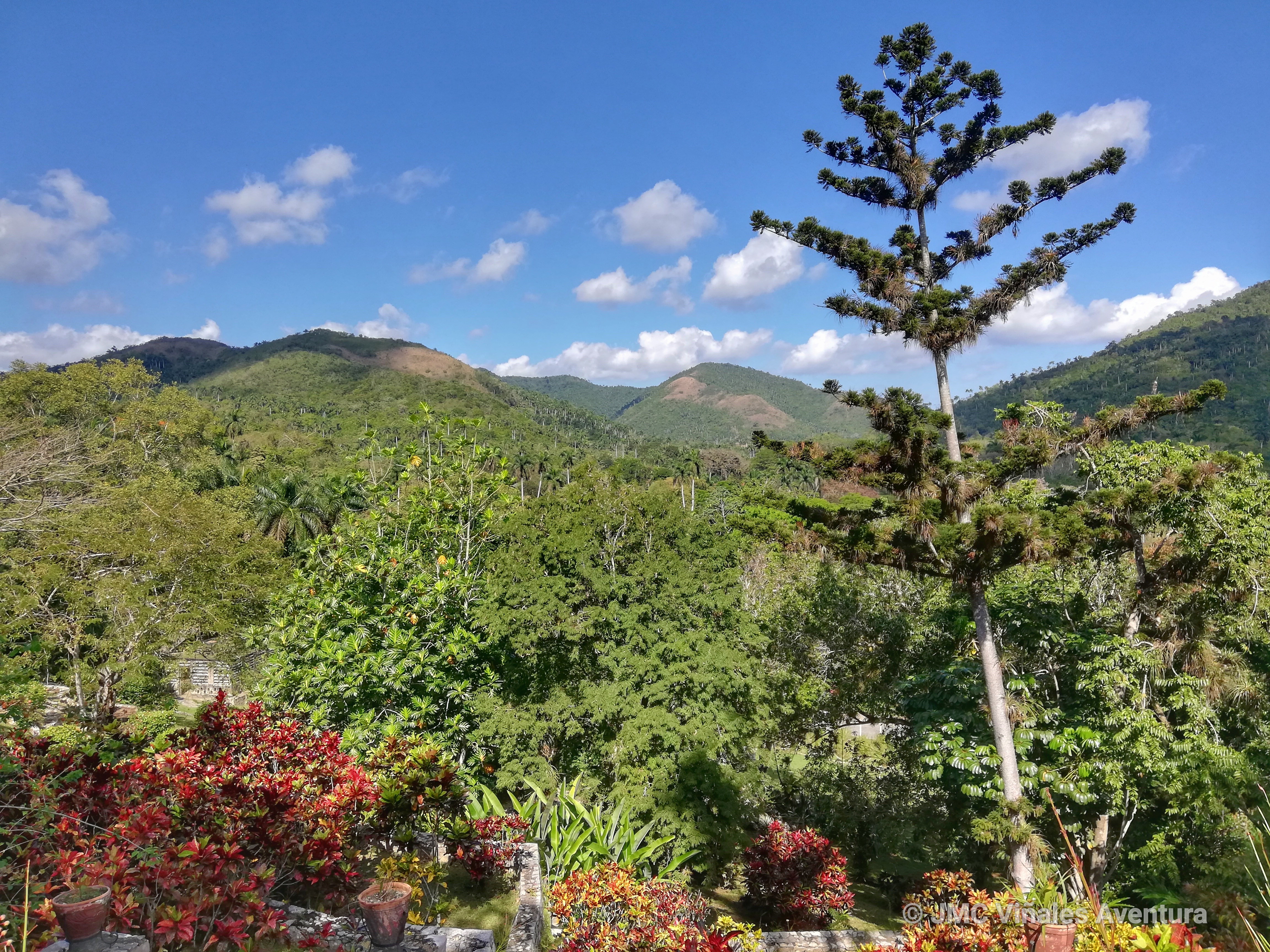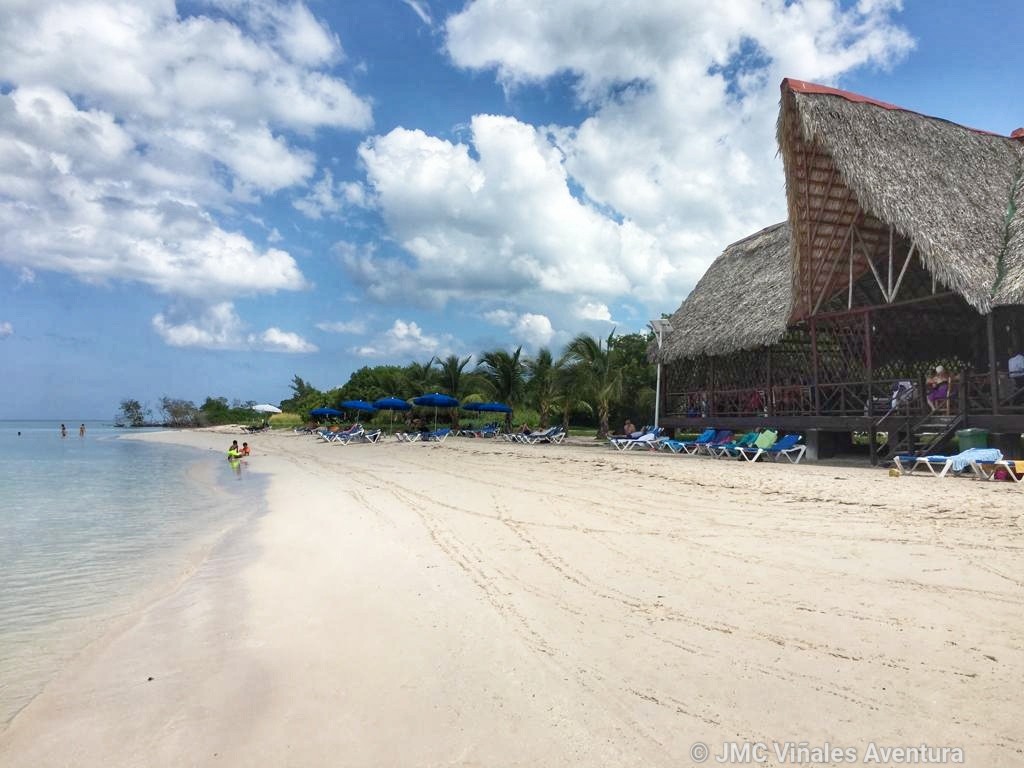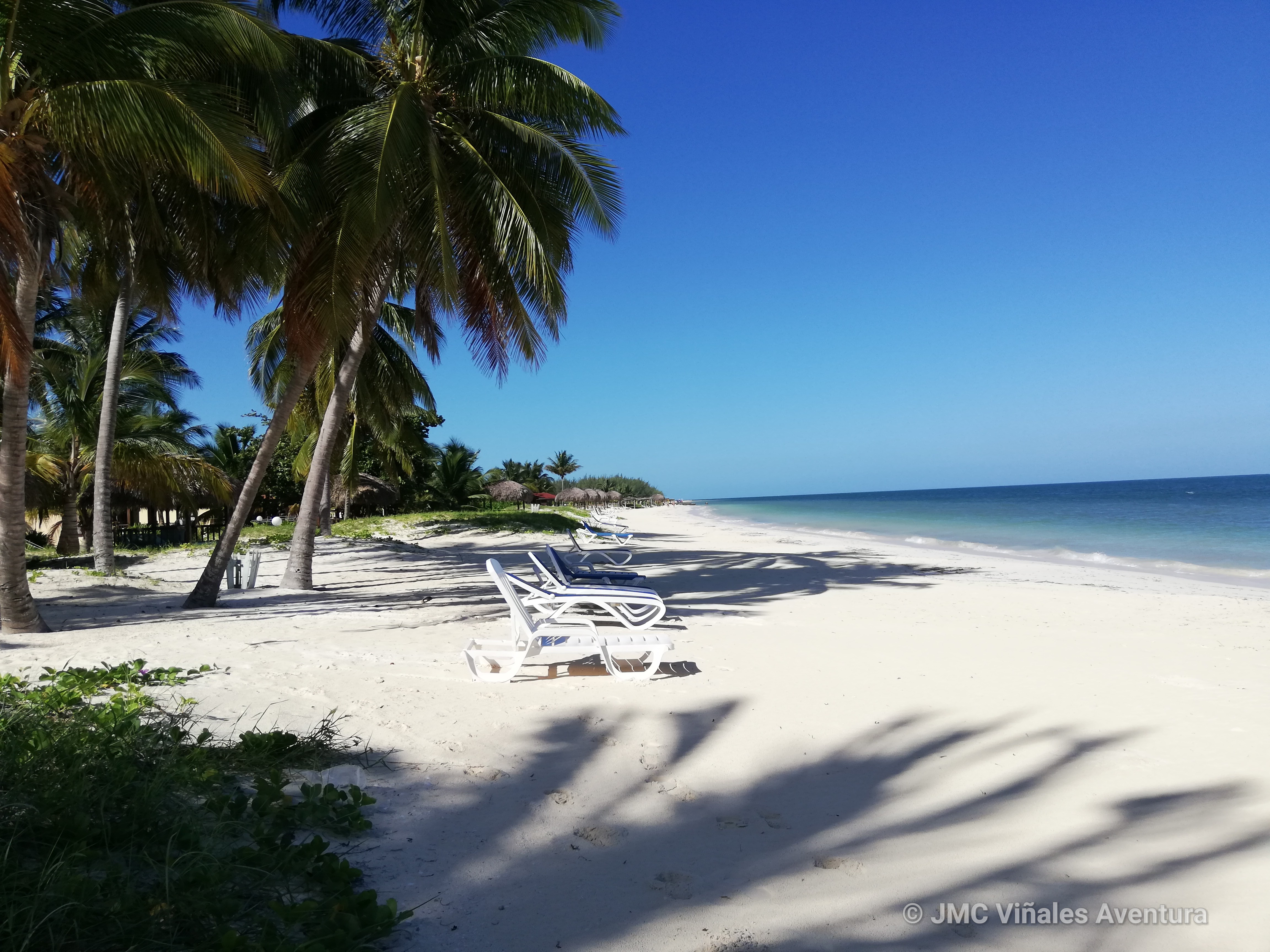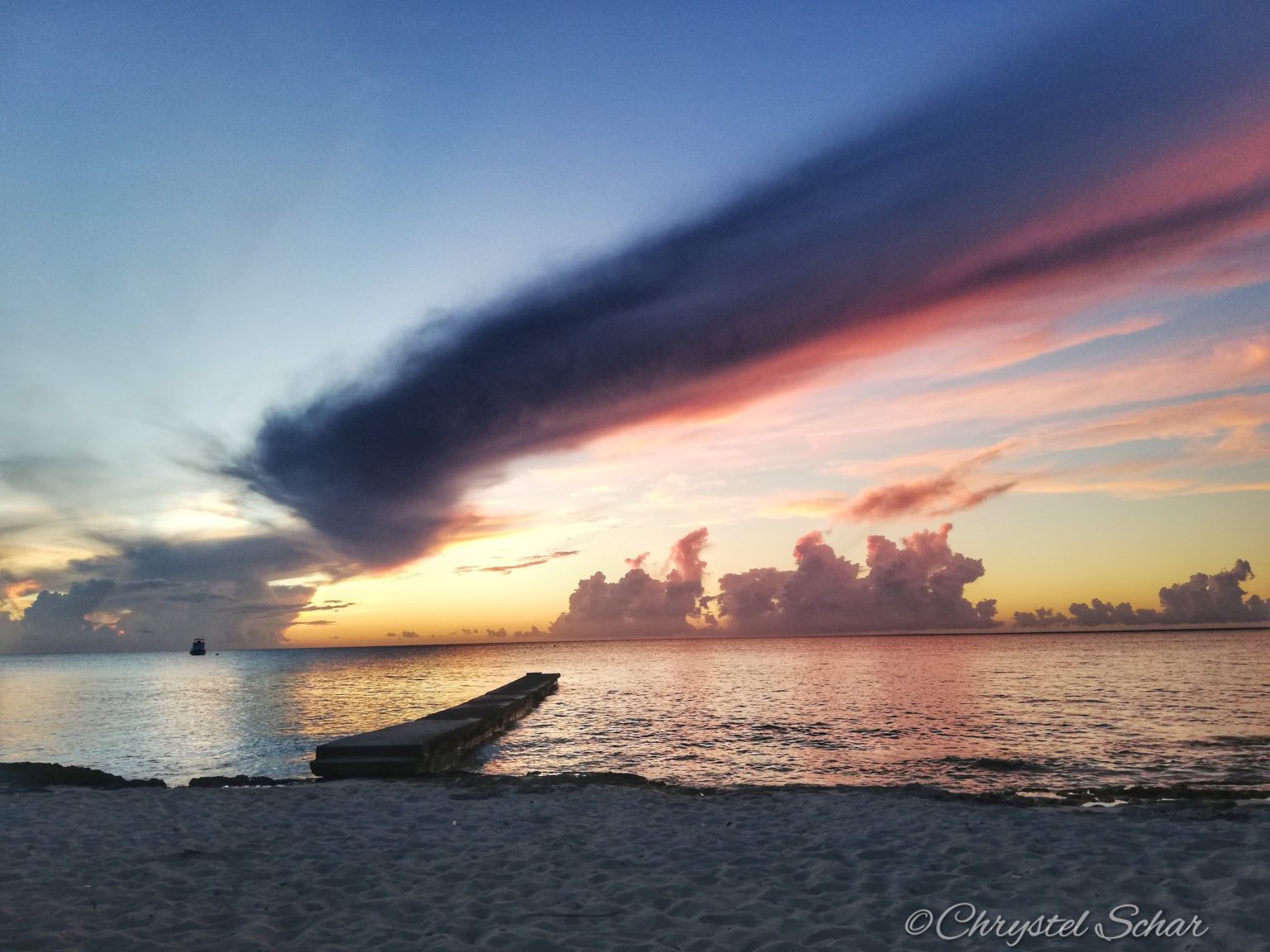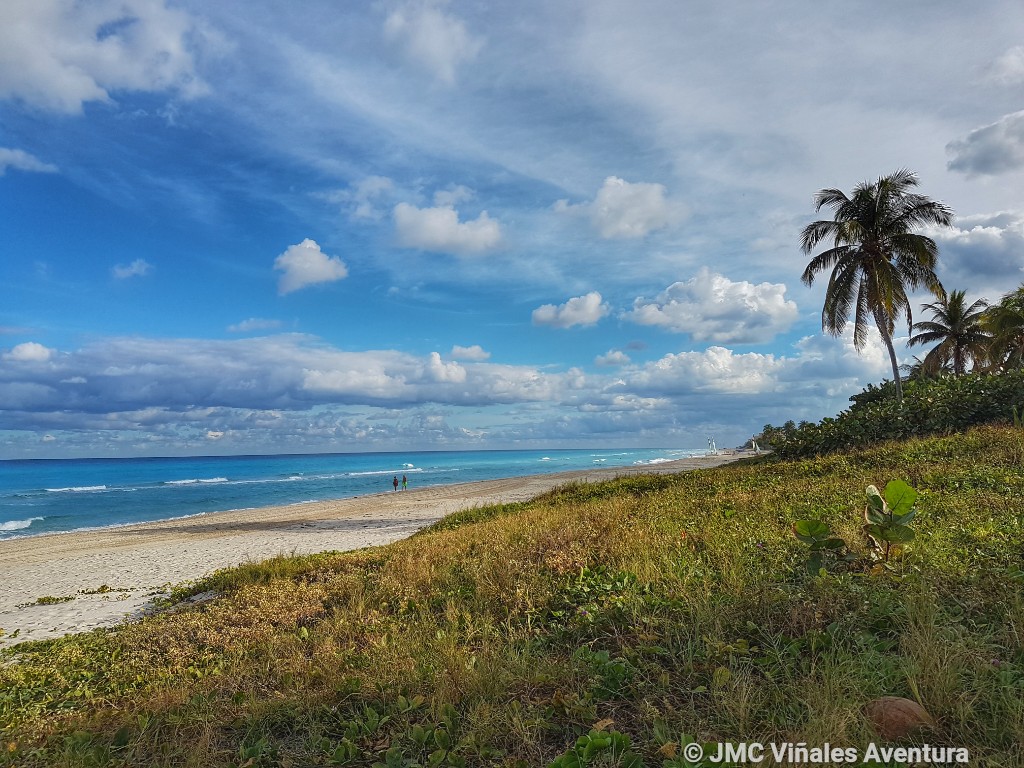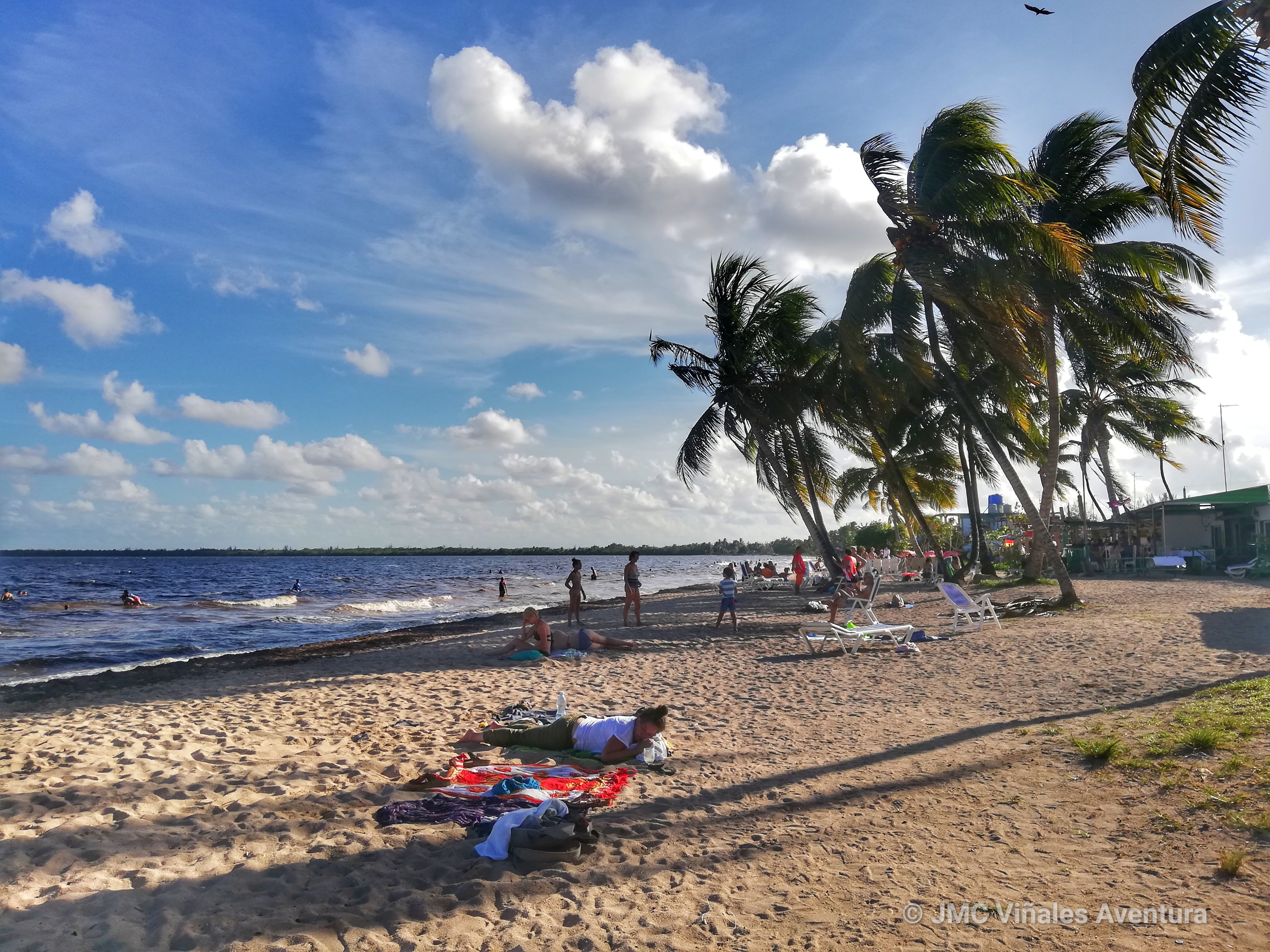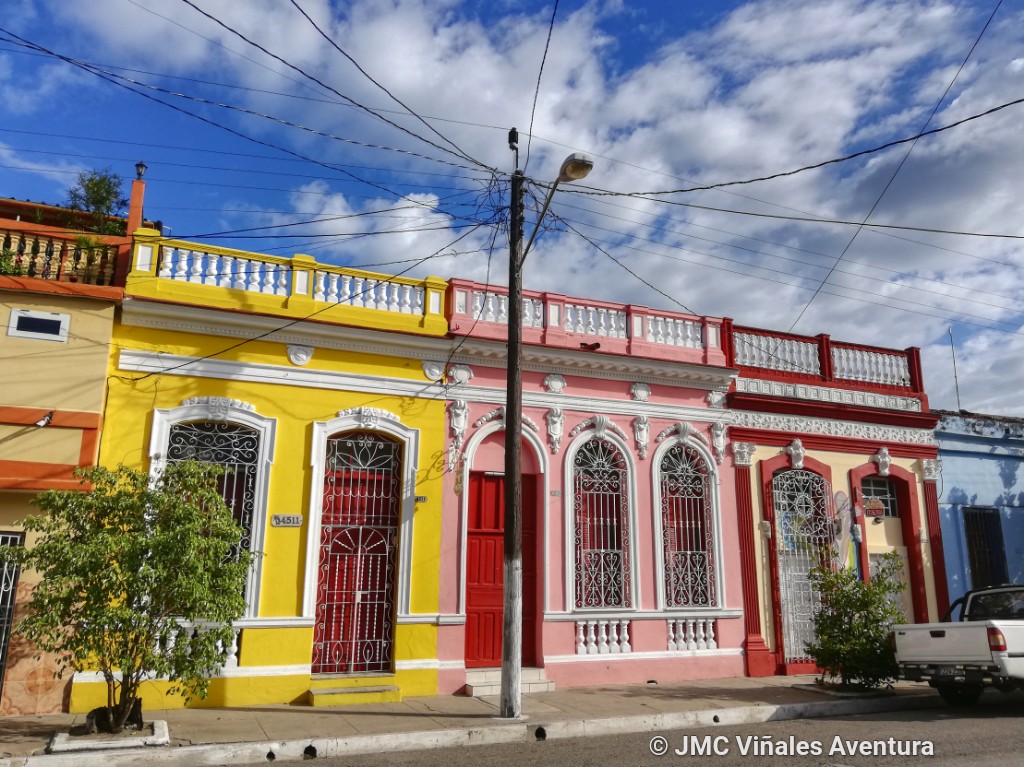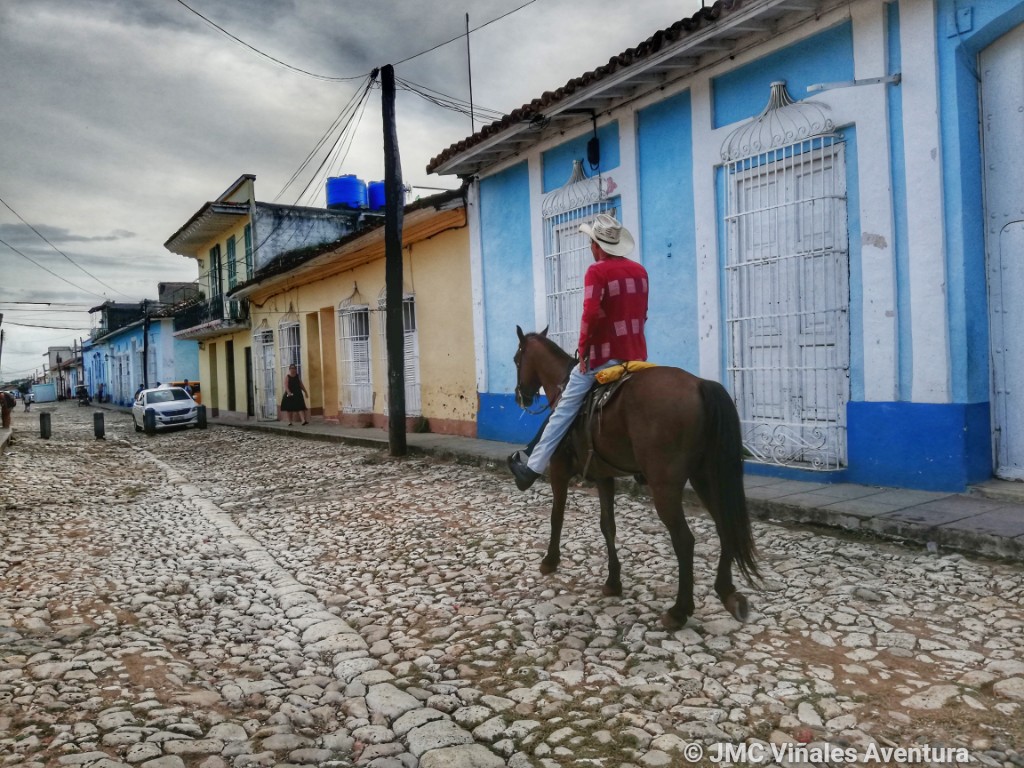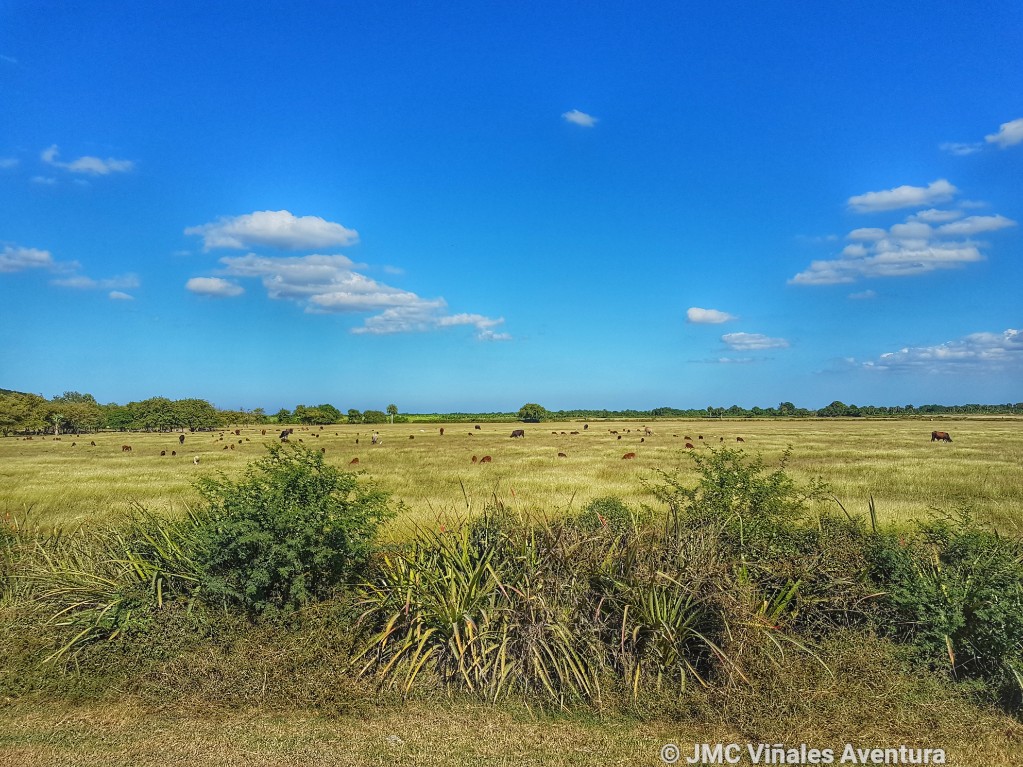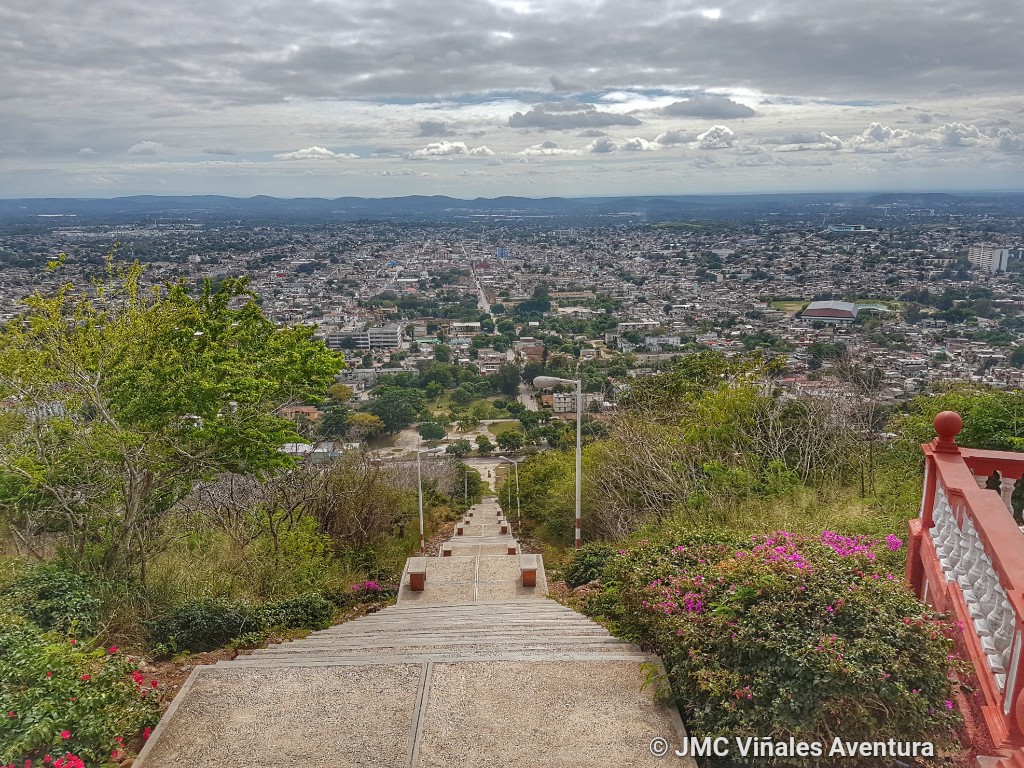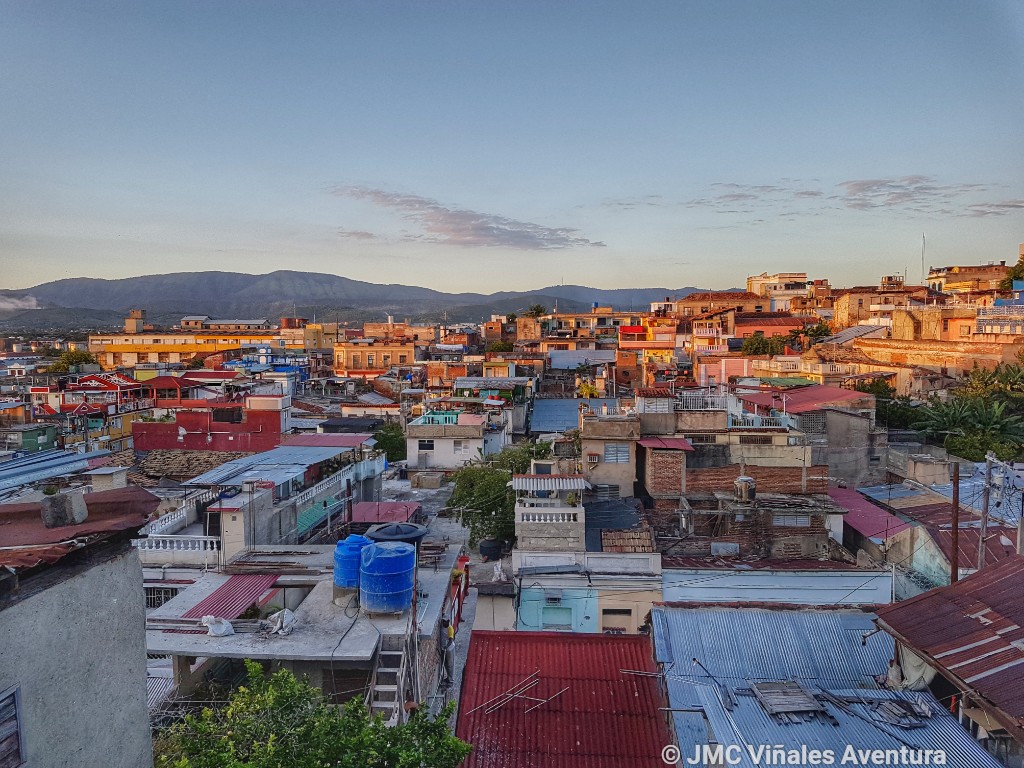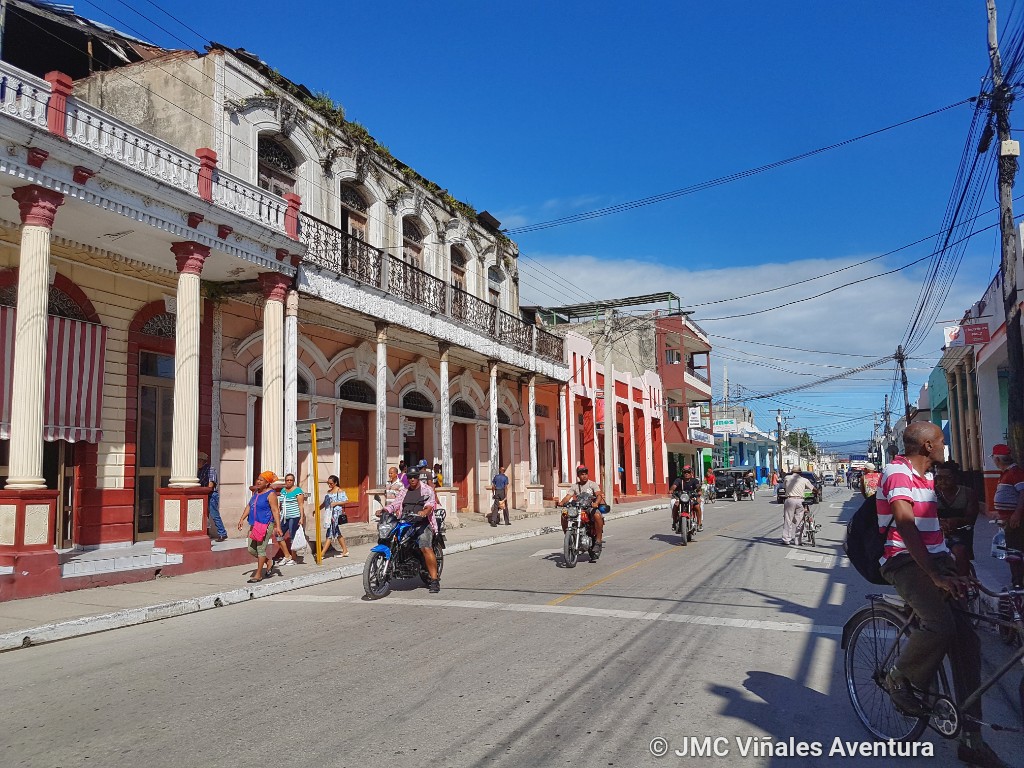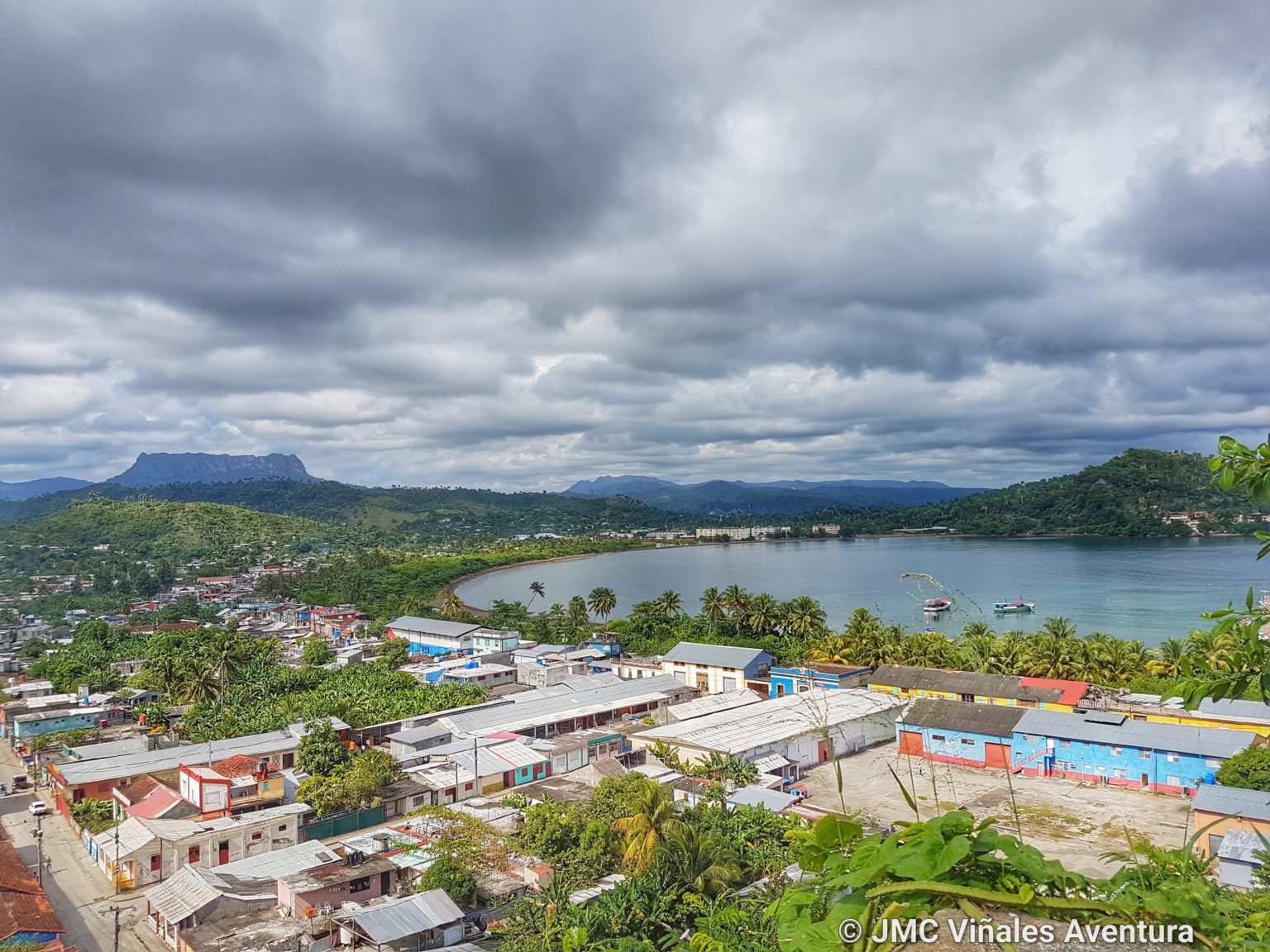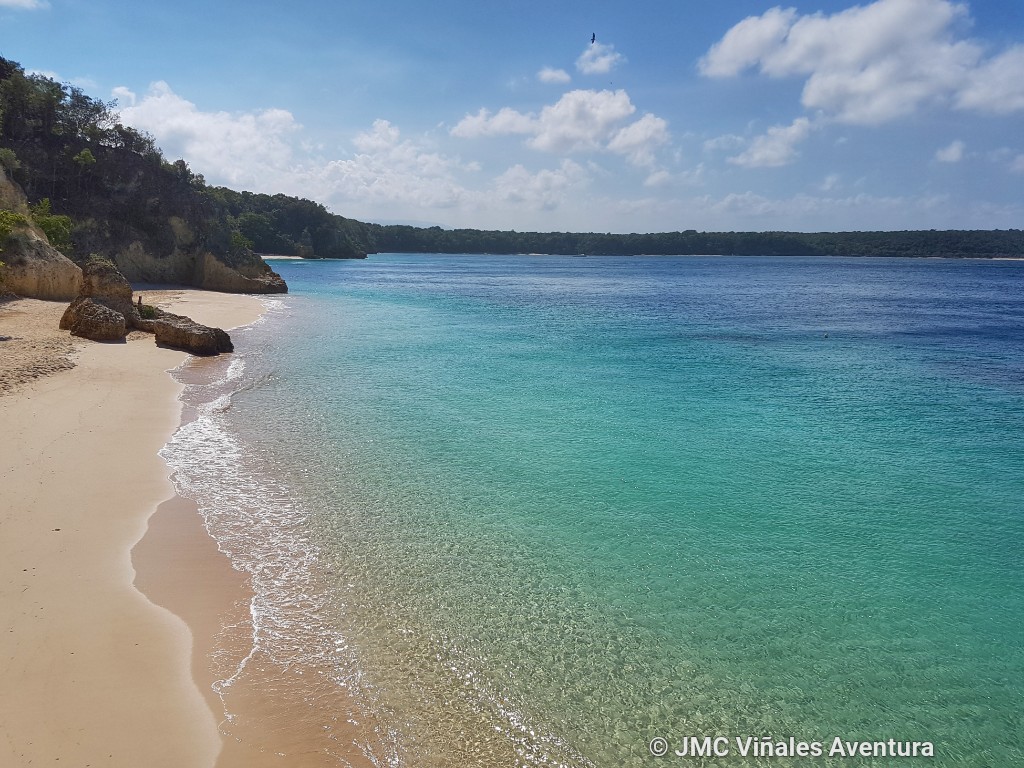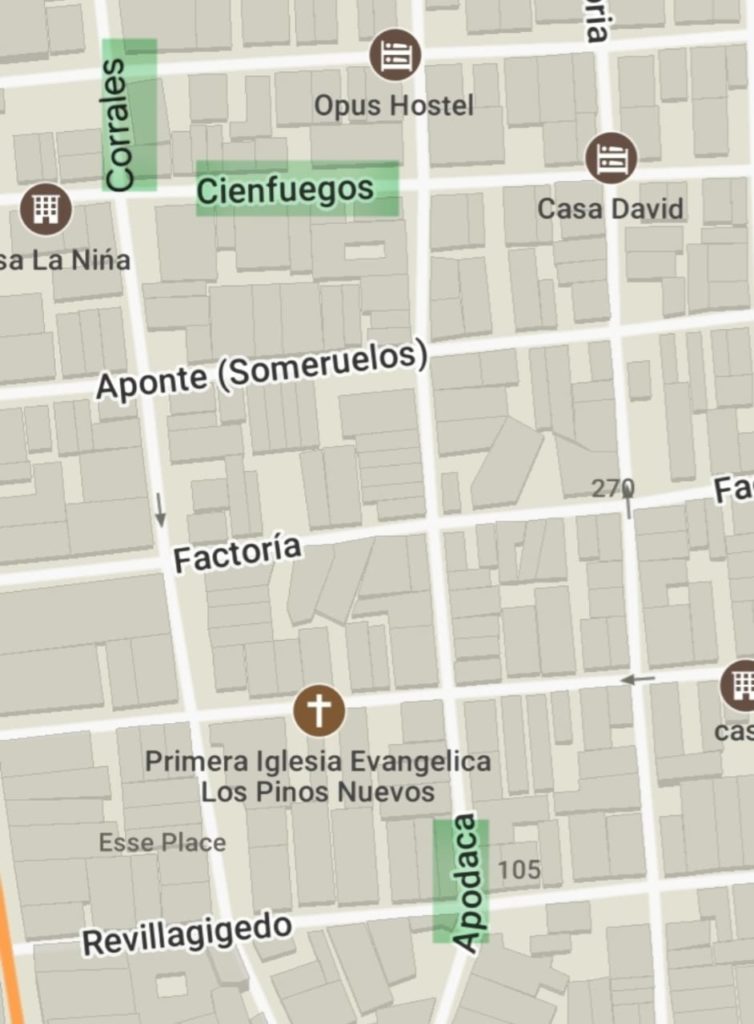Discover Cuba
Introduction to the country in brief
- Official Name: Republic of Cuba
- Regime Type: Single-party Socialist Republic
- Head of State: Miguel Diaz-Canel
- First Secretary of the Communist Party of Cuba (PCC): Raúl Castro
- Official Language: Spanish
- Currencies: Cuban Peso (CUP) and Euro
- National Holiday: January 1st (Anniversary of the 1959 Revolution)
- National Flower: Mariposa
- National Bird: Tocororo
- National Tree: Royal Palm (Palma Real)
- Life Expectancy: 79.1 years
- Religion(s): Catholic 85% – Protestant 2% – Other 13%
Useful Information – The Essentials
- Valid passport
- E-visa valid for 90 days, including children and babies.
Renewable once on site at immigration. https://evisacuba.cu/en/inicio
- Health insurance certificate.
- D-Viajeros form to fill out and print before going to the airport. https://dviajeros.mitrans.gob.cu/inicio
- From late November to late May (dry season)
- October, to avoid the stifling summer heat and towards the end of the rainy season
- Accepted Credit Cards: Visa, Mastercard (Note: American Express does not work in Cuba).
- Possibility to withdraw only “CUP” at ATMs in major cities, but be cautious of transaction fees.
- Have Euros that you can exchange for CUP, and carry a credit card for security purposes.
- Cuban Peso, Euro, and Dollar are commonly used
- The national currency is the Cuban Peso (1€ = ~128 CUP)
- Consider bringing a small first aid kit with basic medications: pain relievers, antibiotics, Imodium, antihistamines.
- Mosquito repellent
- Take precautions with water, it is advisable to drink bottled water
There are two seasons:
- Dry season from November to May (winter). Average temperatures around 25 degrees Celsius, water temperature approximately 24°C
- Wet season from June to October (summer). Showers usually occur in the late afternoon. Average temperatures around 28 degrees Celsius, water temperature approximately 30°C
- 110 volts; some houses may have outlets with 220 volts. It is advisable to bring an adapter for flat pin power plugs, American type, type (Type A)
How to Get Around in Cuba? – The Essentials
Here are three commonly used modes of transportation for traveling in Cuba :
- Viazul Buses
- Collective Taxis
- Private Taxis
Book your collective or private taxis
Geographical Data of Cuba
- Area: 1110,860 km²
- Length/Width of the island: 1,250 km / 191 km at its widest or 31 km at its narrowest
- Capital: Havana
- Number of provinces: 14 (excluding Guantanamo and the Isle of Youth)
- Major Cities: Santiago de Cuba, Villa Clara, Holguín, Camagüey
- Population: 11.2 million
- Density: 110 people/km²
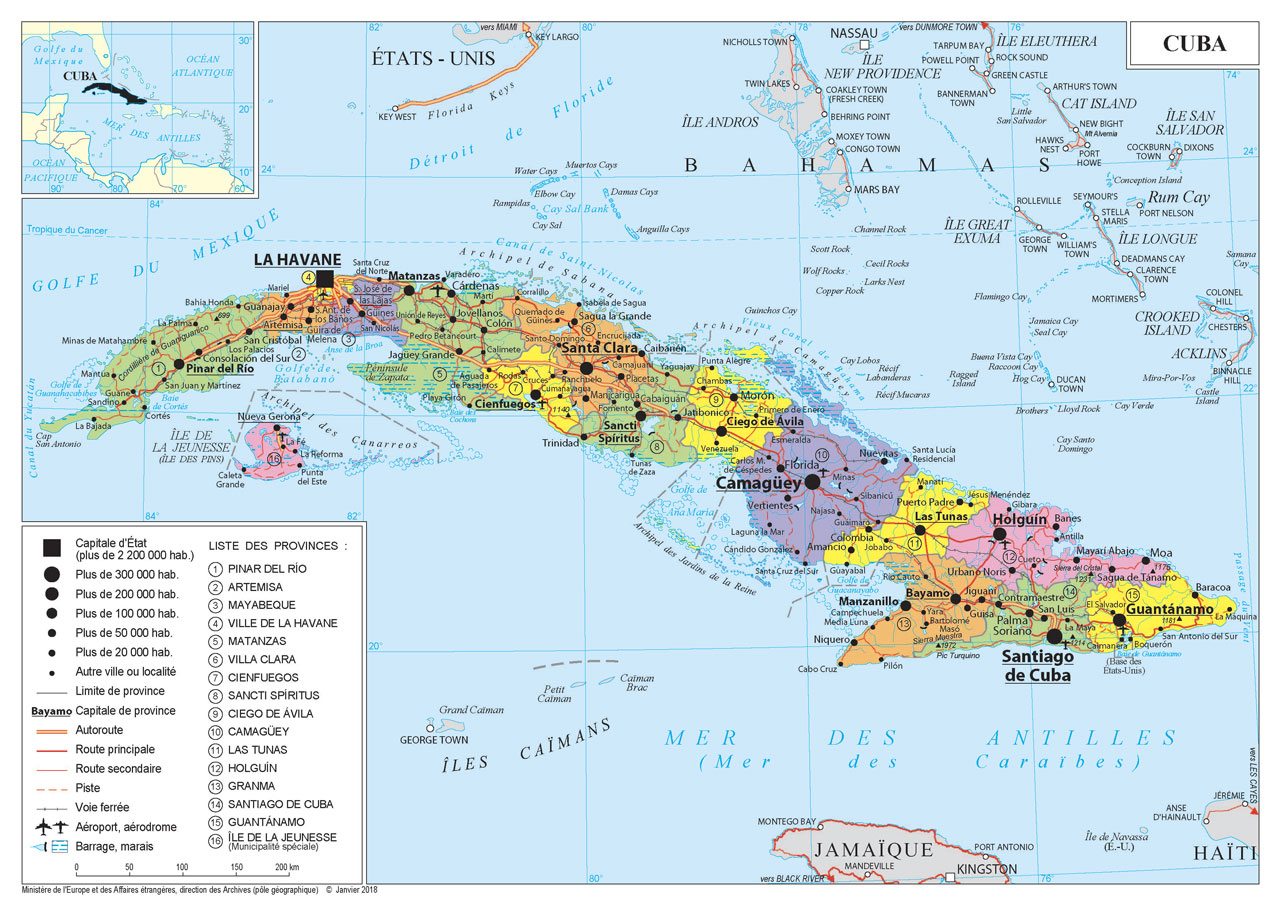

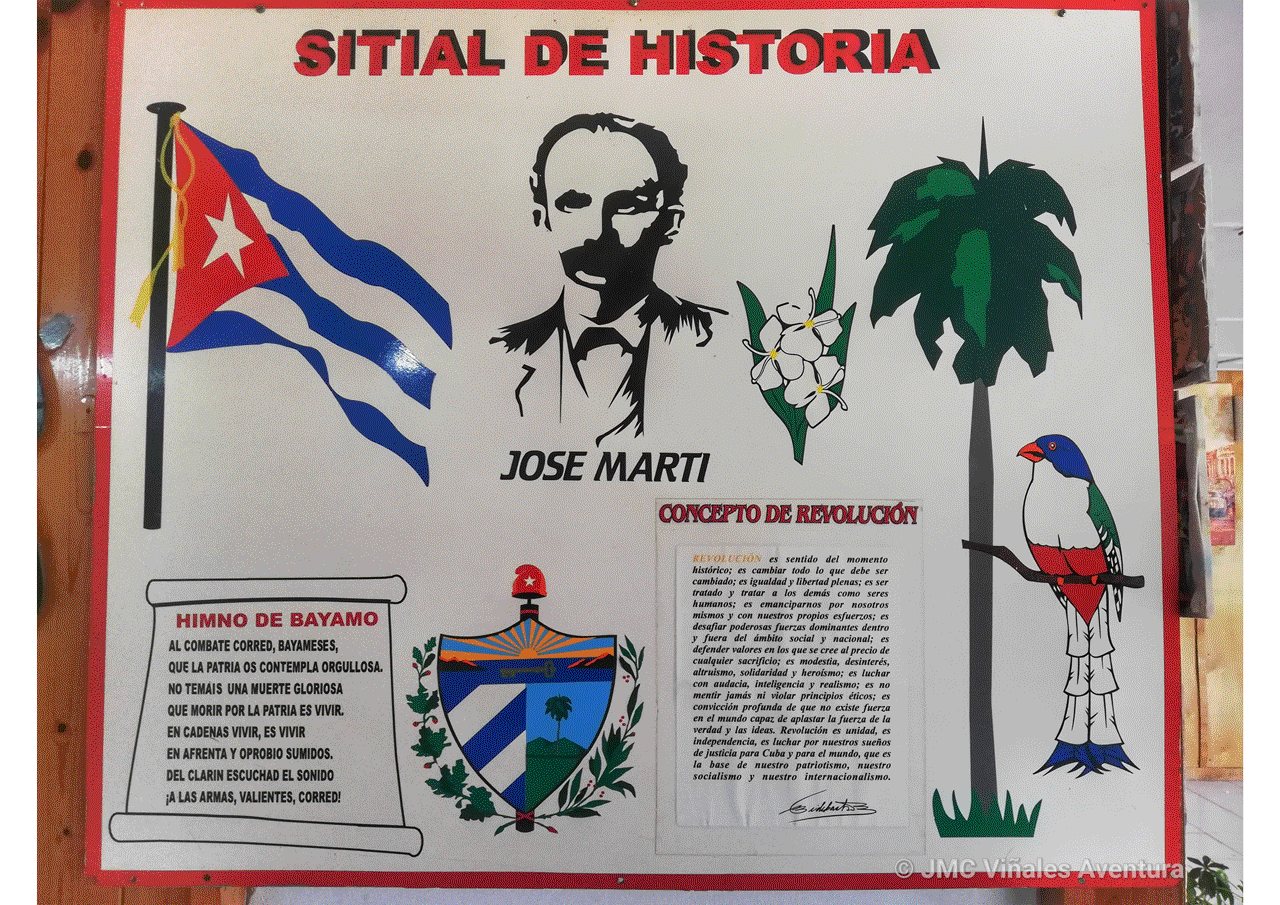
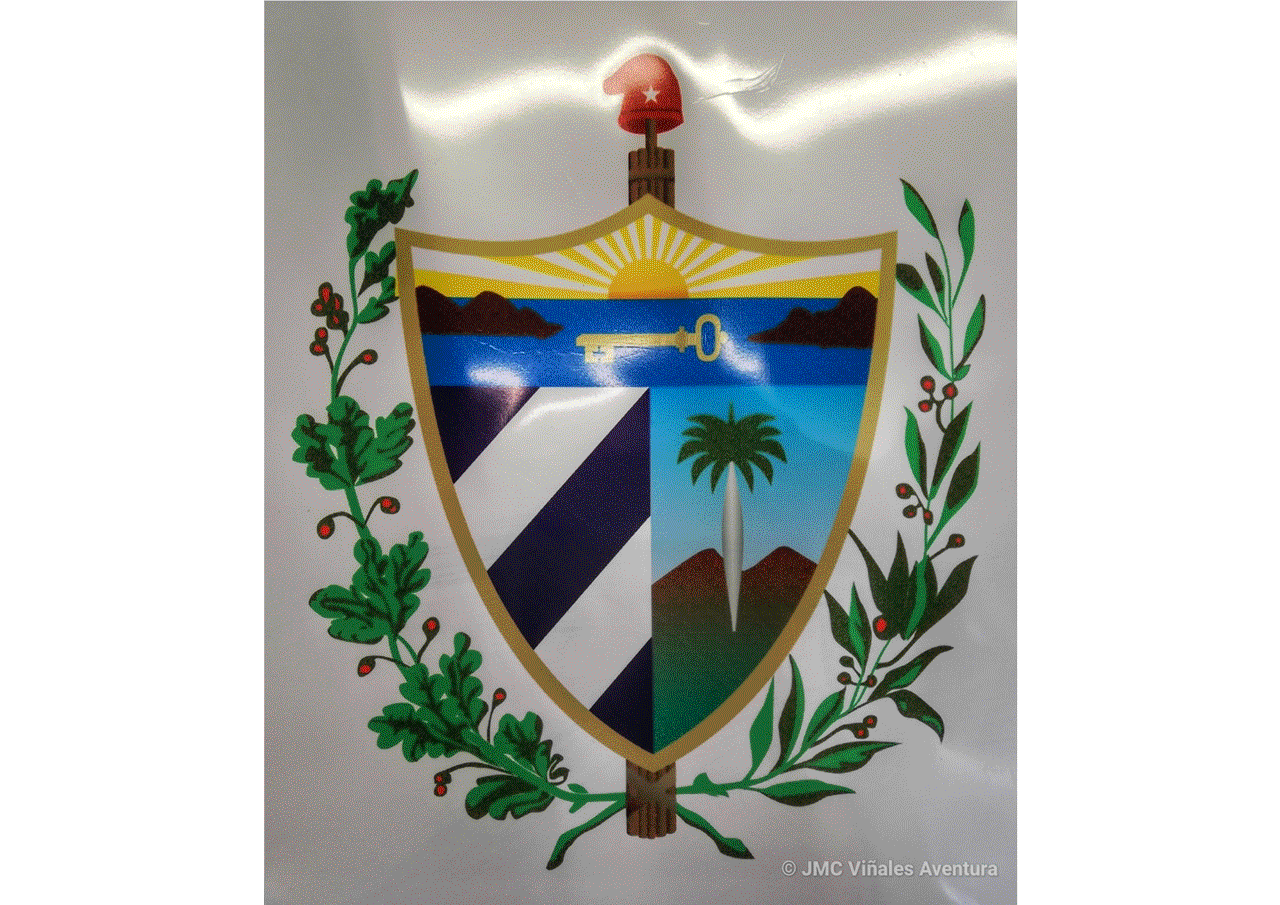
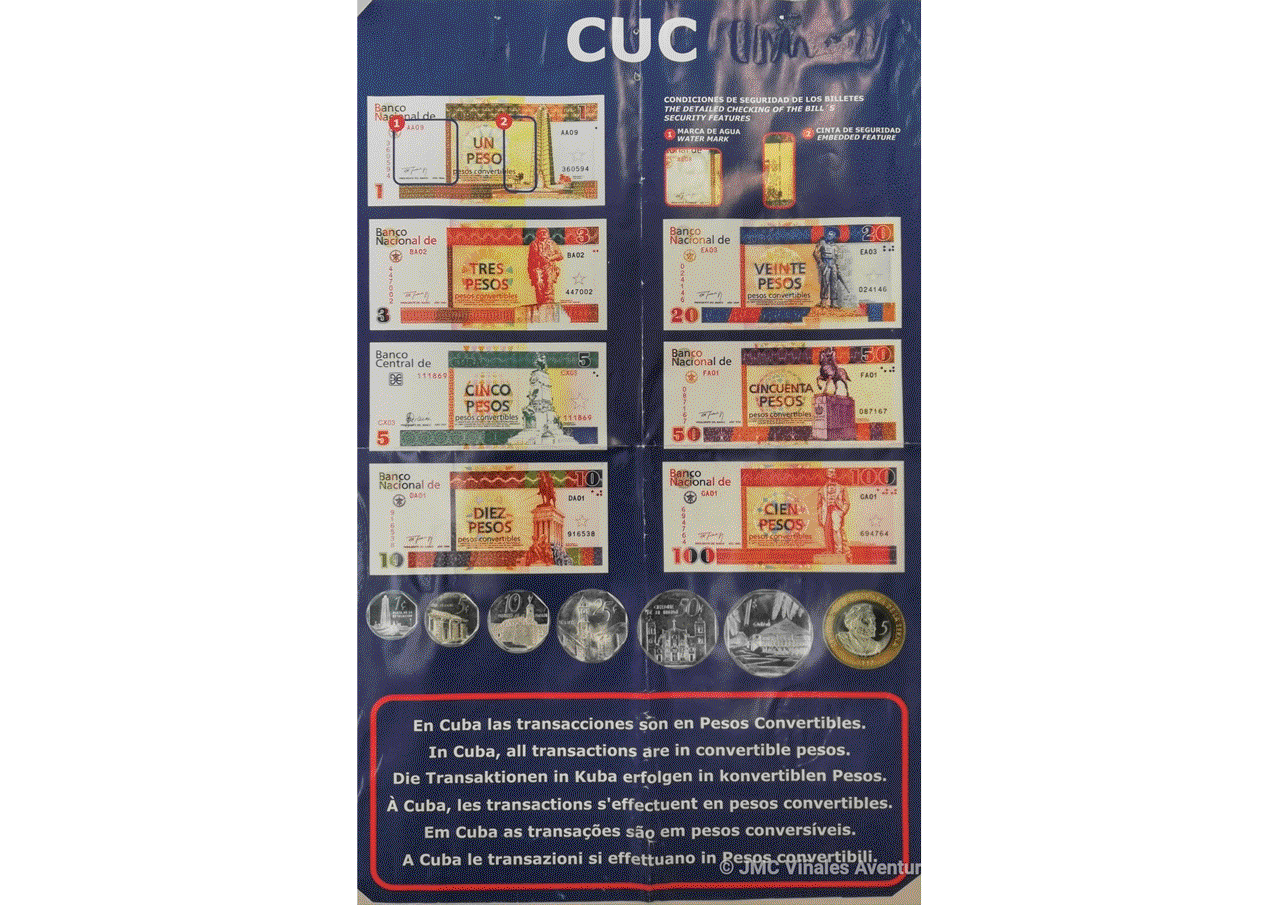
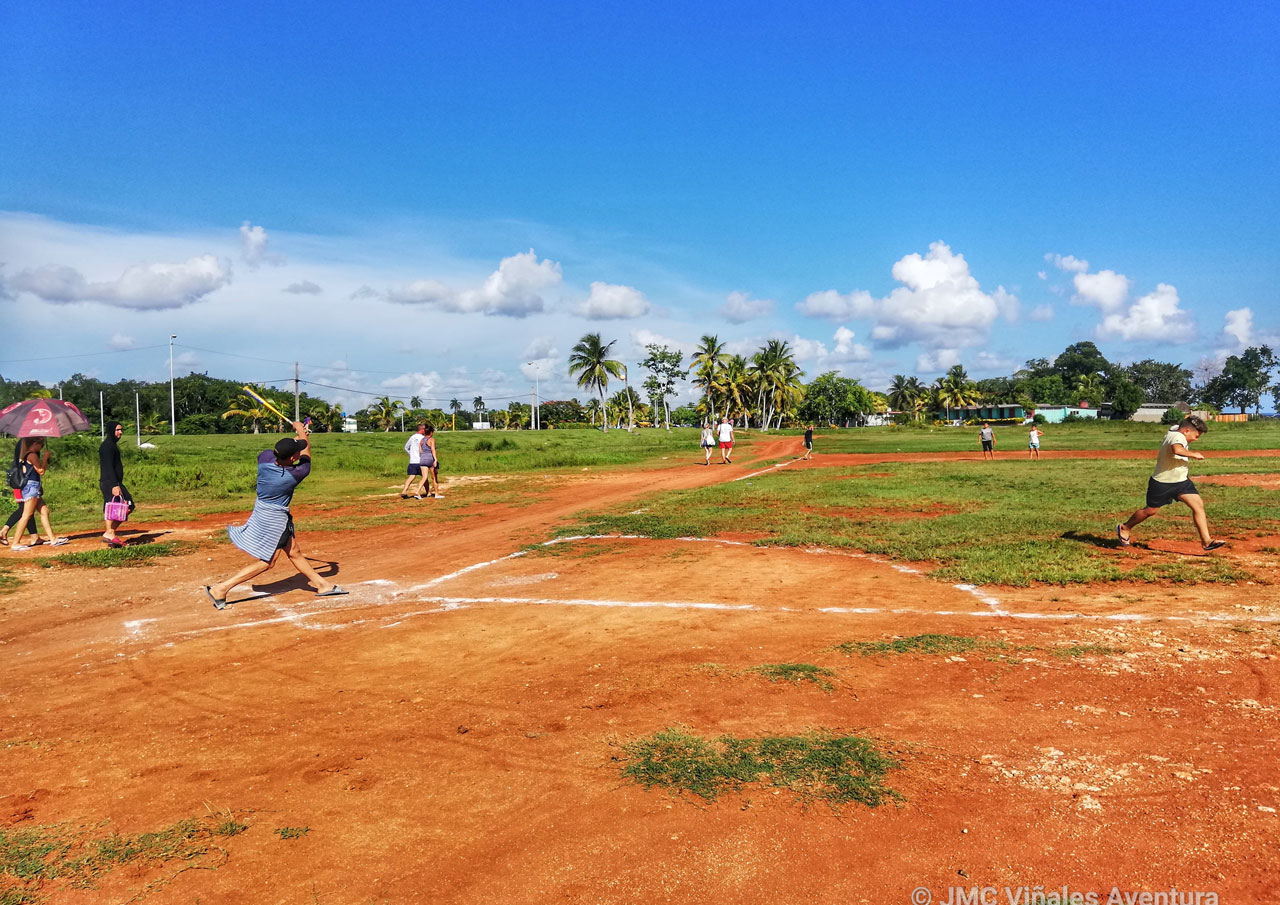
Other Transportation Options
Warning: Undefined array key "background_image" in /home/clients/c4baa1ee86d67ac24c18c68091ef4732/sites/prod/wp-content/plugins/elementor/includes/conditions.php on line 87
Warning: Trying to access array offset on value of type null in /home/clients/c4baa1ee86d67ac24c18c68091ef4732/sites/prod/wp-content/plugins/elementor/includes/conditions.php on line 90
Warning: Undefined array key "background_image" in /home/clients/c4baa1ee86d67ac24c18c68091ef4732/sites/prod/wp-content/plugins/elementor/includes/conditions.php on line 87
Warning: Trying to access array offset on value of type null in /home/clients/c4baa1ee86d67ac24c18c68091ef4732/sites/prod/wp-content/plugins/elementor/includes/conditions.php on line 90
Warning: Undefined array key "background_image" in /home/clients/c4baa1ee86d67ac24c18c68091ef4732/sites/prod/wp-content/plugins/elementor/includes/conditions.php on line 87
Warning: Trying to access array offset on value of type null in /home/clients/c4baa1ee86d67ac24c18c68091ef4732/sites/prod/wp-content/plugins/elementor/includes/conditions.php on line 90
Warning: Undefined array key "background_image" in /home/clients/c4baa1ee86d67ac24c18c68091ef4732/sites/prod/wp-content/plugins/elementor/includes/conditions.php on line 87
Warning: Trying to access array offset on value of type null in /home/clients/c4baa1ee86d67ac24c18c68091ef4732/sites/prod/wp-content/plugins/elementor/includes/conditions.php on line 90
Warning: Undefined array key "background_image" in /home/clients/c4baa1ee86d67ac24c18c68091ef4732/sites/prod/wp-content/plugins/elementor/includes/conditions.php on line 87
Warning: Trying to access array offset on value of type null in /home/clients/c4baa1ee86d67ac24c18c68091ef4732/sites/prod/wp-content/plugins/elementor/includes/conditions.php on line 90
Warning: Undefined array key "background_image" in /home/clients/c4baa1ee86d67ac24c18c68091ef4732/sites/prod/wp-content/plugins/elementor/includes/conditions.php on line 87
Warning: Trying to access array offset on value of type null in /home/clients/c4baa1ee86d67ac24c18c68091ef4732/sites/prod/wp-content/plugins/elementor/includes/conditions.php on line 90
Warning: Undefined array key "background_image" in /home/clients/c4baa1ee86d67ac24c18c68091ef4732/sites/prod/wp-content/plugins/elementor/includes/conditions.php on line 87
Warning: Trying to access array offset on value of type null in /home/clients/c4baa1ee86d67ac24c18c68091ef4732/sites/prod/wp-content/plugins/elementor/includes/conditions.php on line 90
Warning: Undefined array key "background_image" in /home/clients/c4baa1ee86d67ac24c18c68091ef4732/sites/prod/wp-content/plugins/elementor/includes/conditions.php on line 87
Warning: Trying to access array offset on value of type null in /home/clients/c4baa1ee86d67ac24c18c68091ef4732/sites/prod/wp-content/plugins/elementor/includes/conditions.php on line 90
Copyright © 2025 – jmcvinalesaventura
– All rights reserved –

